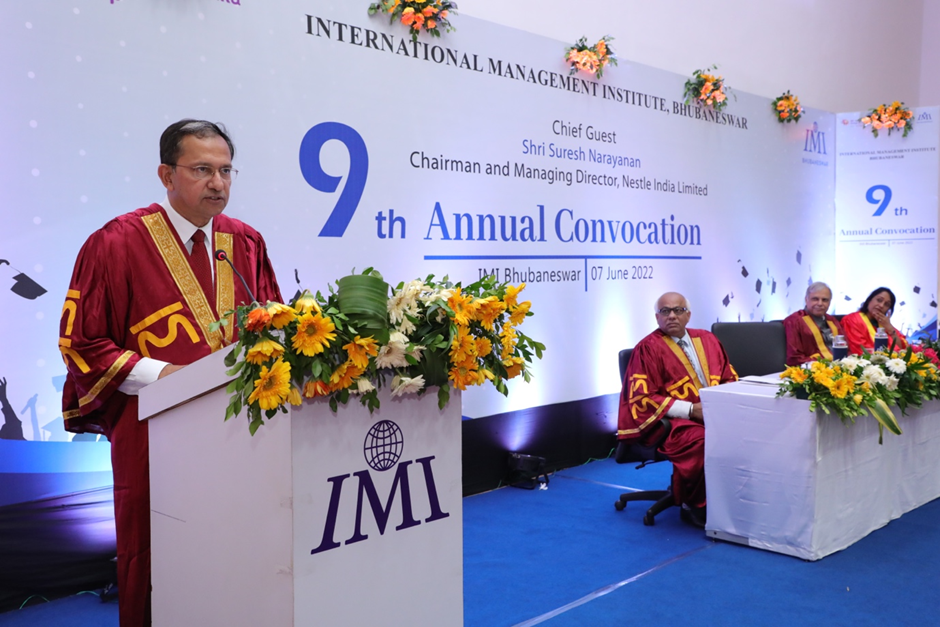Science Fiction boosted..
By:- Mrutunjay Mohapatra
I told him
that it was like aliens. Like flying saucers. Like Star Wars. Like Transformers.
But no matter what analogy I made, the little boy standing in front of me could
not grasp the concept of science fiction.“Does that mean you can’t shrink
this?” The little boy revealed a small, green HotWheels car from his pocket.
“Mrs. Nathan can shrink her bus so small it swims in your blood, and you guys
can’t shrink this? This car is way too big for my ants to drive!” He stared at
me with sincere and confused eyes, and it pained me, knowing that I would be
the source of this young boy’s disillusionment. I knelt down to meet him at eye
level. “I’m sorry dude, but the Magic School Bus is science fiction,” I
responded. “It’s science fiction. It isn’t real life.” Of all of my moments working as a salesman at
Geppetto’s, a local toy store, this one was both the most memorable and most
significant to my life. While the little boy eventually realized his quest for
ant-sized cars was futile, his whimsical notions of miniature transportation
and intravascular travel lingered in my mind. I pictured tiny submarines being
driven alongside bacteria, and wondered why technology had yet to conquer the
microscopic realm. How come humans, I contemplated, who have the intellectual
capacity to send a spacecraft millions of miles to Mars, have yet to send an explorer
into our own human bodies? In my
determined search for answers, I scoured through the Internet and my Biology
textbook for information about transportation at the molecular level. Through this,
I discovered many different ways a nanosized vessel could be propelled, such as
flagella (twisting tails) or microfilaments (like train tracks within cells).
Still, I was stumped as to why tiny machines were not currently swimming in my
veins. I acted on my curiosity and sought out an internship at the Department
of Nano engineering at UCSD under Professor Joseph Wang. I approached the
internship expecting to simply acquire a few insights on the mechanics of
bacterial and cellular movement. Instead, I was exposed to a whole new world of
science. Comparing life as we perceive it with life in the nanosized world, I
learned, is tantamount to comparing the Earth to the moon. In the realm of the
nanomotor, water molecules become magnetic BB gun pellets that push and pull
randomly in a process known as Brownian motion. Low Reynolds number makes
moving through air or water feel like wading through honey. And any usable
momentum? Forget about it. Inertial properties are so minimized that nanomotors
are either accelerating or stopped. Through
my research, I was able to delve into this exotic world. Because nano engineering
is still a budding field, many of the specifics of motion and dynamics at the
nanoscale are unknown. Thus, when I was assigned to a project designing and
testing bubble-propelled microjets, I felt as if I was exploring a previously
undiscovered realm.
My first
days of laboratory experience were both exciting and nerve-racking. Producing
and testing nanowires while sporting a UCSD lab coat and purple nitrile gloves
made me feel like a pioneer on an ambitious search for answers. However, since
I was working with scholars that already had several years of nanoengineering
experience, I generally had little confidence in my own ideas and opinions.
During our first project meeting, however, I found inspiration in the form of
children. I remembered that while coaching a third and fourth grade basketball
team and working at Geppetto’s, many of the suggestions and ideas of the kids
were, despite a certain level of simplicity, still very interesting and thought
provoking to me. Applying this to myself, I felt compelled to ask many
questions and express my thoughts and opinions, however simplistic they were, during
this first meeting. As a result, many of my ideas ended up being implemented
into the final experiment, including an idea of mine regarding a method for
etching grooves on a silver wire, which was eventually introduced as a crucial
step in the procedure form producing these bubble-propelled microjets. Thus, I
evolved from an explorer to an early settler, helping to set the foundations of
a new world.
Nanotechnology
is still in its nascent stages. Nevertheless, it is progressing at a rapid
rate, and I am certain that its unbelievable potential applications will
manifest themselves in the near future. It could save lives; imagine cancer-seeking
missiles rocketing through your body or microscopic capsules that release
insulin upon detection of high blood sugar. Environmental concerns could be
quelled with water-purifying nanomachines and oil-consuming robots to clean
disastrous oil spills. Even more intriguing is the notion of accelerated
evolution, in which the structure organic molecules, such as enzymes or DNA,
could be edited very precisely and specifically. I can almost hear the doctor
saying, “You have a family history of sickle-cell anemia? No problem, I’ll just
send these little guys over to your blastocyst to check it out and fix it if
needed.” And to think, all my interest in nanoengineering was spurred by the
simple question of a little boy, a boy I have not seen since our one and only
encounter at Geppetto’s. He came to me with imagination and vision, and I
turned him away citing the falseness of science fiction. If only I could tell
him what I have learned. That I have witnessed first hand the bizarre physics
of an alien world. That I have contributed to the first steps of conquering a
foreign field. That I have seen glimpses into the advanced, robot-filled
future. If I ever see him again, I will tell him: through the unlimited
creativity and curiosity of man, even science fiction can one day converge with
reality.




Wow good website, thank you.
ReplyDeleteBharat Ratna By Anasuya Dash
Order Odia Books
Odia Books Online